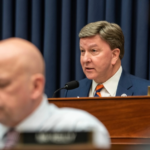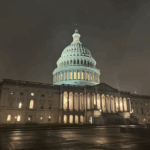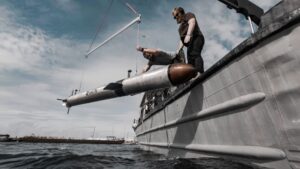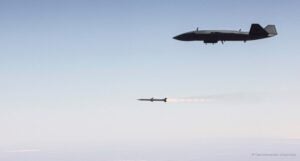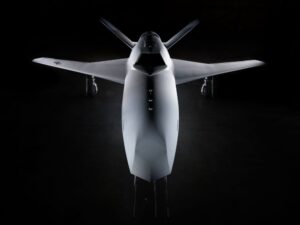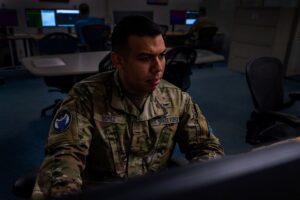
The House Armed Services Committee adopted a measure to its version of the next defense policy bill directing the Pentagon to study the potential creation of a U.S. Cyber Force. Rep. Morgan Luttrell (R-Texas) offered the amendment during HASC’s fiscal year 2025 National Defense Authorization markup on Wednesday, with the proposal adopted by voice vote. “The FY ‘25 NDAA focuses on enhancing military lethality and readiness, as it includes my provisions to evaluate the need for a Cyber Force…this legislation…

 By
By 
